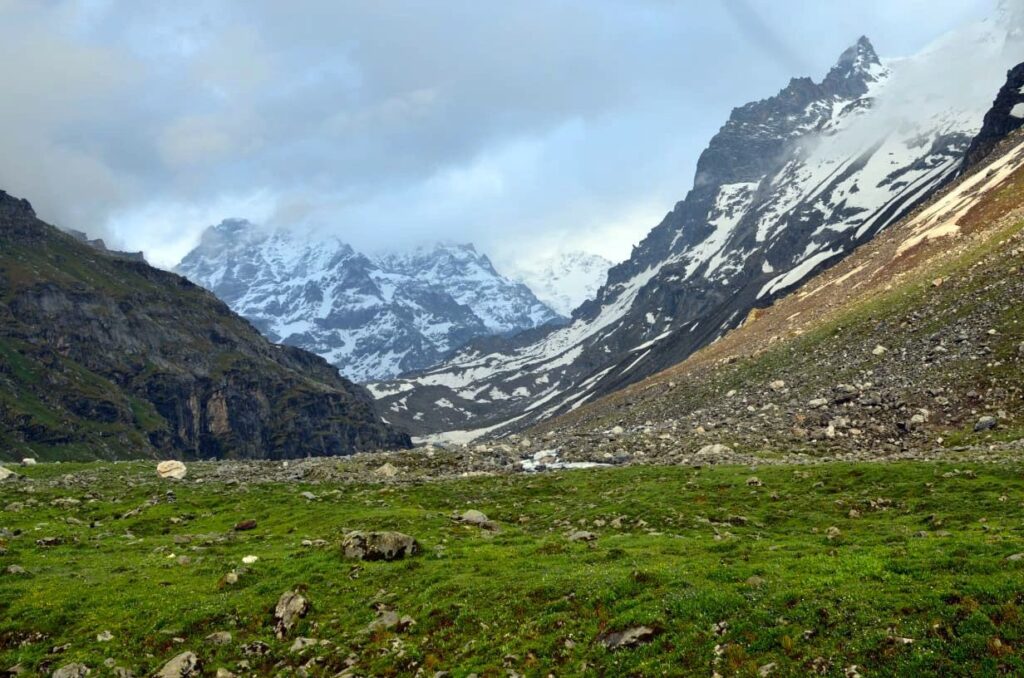In 2023, Population is an essential factor that contributes to the growth of a country’s economy. The larger a country’s population, the more it can benefit from a larger workforce, increased consumer demand, and increased tax revenues. However, with a larger population, a country can also face challenges such as poverty, unemployment, and an increased demand for resources. In this article, we will explore the top 10 most populated countries in the world and discuss some of the challenges and opportunities that come with their high population.
China
China is the most populated country in the world, with a population of 1.4 billion people. The country has a rich history and culture, and it is the second-largest economy globally, behind the United States. China’s population growth has been somewhat controlled by the government’s one-child policy, which was implemented in 1979 and was only lifted in 2015. Although the policy succeeded in reducing China’s population growth, it has also led to an aging population, which could have negative economic consequences in the long term.
India
India is the second most populated country globally, with a population of 1.3 billion people. The country has a diverse culture and is known for its rich history and traditions. India has a rapidly growing economy and is expected to overtake China as the world’s most populous country by 2027. However, India also faces significant challenges, such as poverty, lack of access to basic amenities, and overpopulation in urban areas.
United States
The United States is the third most populated country in the world, with a population of 331 million people. The country has a diverse population and is known for its cultural and economic influence globally. The United States has a strong and stable economy, which is supported by a large workforce and a high level of consumer demand. However, the country also faces challenges such as income inequality, healthcare access, and environmental concerns.
Indonesia
Indonesia is the fourth most populated country globally, with a population of 273 million people. The country is made up of thousands of islands and has a rich culture and history. Indonesia has a growing economy, and its strategic location makes it a hub for international trade. However, the country also faces challenges such as poverty, inadequate infrastructure, and environmental concerns.
Pakistan
Pakistan is the fifth most populated country globally, with a population of 220 million people. The country has a diverse population and is known for its rich history and culture. Pakistan has a growing economy and is a significant player in the international market. However, the country also faces significant challenges such as poverty, terrorism, and lack of access to basic amenities.
Brazil
Brazil is the sixth most populated country globally, with a population of 213 million people. The country is known for its rich culture, history, and natural beauty. Brazil has a large and growing economy and is a significant player in the international market, particularly in agriculture and natural resources. However, the country also faces challenges such as income inequality, corruption, and environmental concerns.
Nigeria
Nigeria is the seventh most populated country globally, with a population of 206 million people. The country has a diverse population and is known for its rich culture and history. Nigeria has a rapidly growing economy and is a significant player in the international market, particularly in the oil and gas industry. However, the country also faces significant challenges such as poverty, terrorism, and political instability.
Bangladesh
Bangladesh is the eighth most populated country globally, with a population of 165 million people. The country is known for its vibrant culture and history. Bangladesh has a rapidly growing economy and is a significant player in the international market, particularly in the textile industry. However, the country also faces challenges such as poverty, overpopulation in urban areas, and environmental concerns.
Russia
Russia is the ninth most populated country globally, with a population of 144 million people. The country is known for its vast territory, rich history, and culture. Russia has a diversified economy and is a significant player in the international market, particularly in the energy and natural resources industries. However, the country also faces challenges such as political instability, corruption, and an aging population.
Mexico
Mexico is the tenth most populated country globally, with a population of 130 million people. The country has a diverse population and is known for its rich culture and history. Mexico has a rapidly growing economy and is a significant player in the international market, particularly in the manufacturing and tourism industries. However, the country also faces challenges such as poverty, income inequality, and drug-related violence.
Challenges and Opportunities for Highly Populated Countries
Highly populated countries face unique challenges and opportunities that come with their large populations. One of the significant challenges is providing access to basic amenities such as healthcare, education, and housing. The demand for these services is high in densely populated areas, and governments must develop sustainable solutions to meet the needs of their citizens.
Another challenge for highly populated countries is poverty. Although a large population can lead to increased consumer demand and tax revenues, poverty can also be a significant problem. In countries where income inequality is high, a significant portion of the population may not have access to basic necessities, leading to social and economic instability.
Highly populated countries also face environmental challenges, such as air and water pollution, deforestation, and climate change. The demand for resources such as food, water, and energy is high in densely populated areas, leading to the overuse and depletion of natural resources. Governments must prioritize sustainable development practices to mitigate the negative impacts of population growth on the environment.
Despite these challenges, highly populated countries also have significant opportunities. A large population can lead to increased consumer demand, which can drive economic growth. Countries with large populations also have a large workforce, which can contribute to economic development and innovation. Furthermore, highly populated countries can leverage their strategic locations to become hubs for international trade and commerce.
Conclusion
Population size plays a significant role in a country’s economic development, and highly populated countries face unique challenges and opportunities. Governments must develop sustainable solutions to meet the needs of their citizens, provide access to basic amenities, and mitigate the negative impacts of population growth on the environment. Despite the challenges, highly populated countries have significant opportunities to drive economic growth, innovation, and become hubs for international trade and commerce.



